
Just like us, dogs can eat pears. The sweet fruit can serve as a healthy, tasty snack for our canine friends. You just have to make sure your dog doesn't eat too much, and don't forget to avoid the toxic seeds.
But before you start filling your dog's bowl with pear slices, read what Florida-based Alejandro Caos, DVM with The Vets, has to say about pears for dogs. He has tips on nutrition and safety that can guide your decision making.
Generally speaking, pears are safe for dogs, Caos says. There's just one area of the fruit you need your dog to avoid: the core with seeds.
Those seeds release cyanide, which is toxic to dogs (and us, for that matter). Your dog eating one seed probably won't cause long-term damage or death, but it's still better safe than sorry. Make sure any pear you feed your dog is free of seeds. Also, the core can be a choking hazard and should not be fed.
Next, don't feed your dog too much pear. They can be a healthy snack—more on that later—but you don't want to feed your dog too much of the sugary fruit. Why? In large amounts, sugar can lead to weight gain in dogs, which then opens the door for heart, respiratory, and joint problems.
Nobody wants that, so talk with your veterinarian about how much pear to offer your pup. The right amount for your dog is different than it is for every other dog. (In most cases, larger dogs can consume more than smaller pups.) Start small, and make sure your dog doesn't choke.
"Practice common sense," Caos says. "Cut those things into small pieces. Make sure they enjoy it without any hazards."
Pears can be great for dogs when they eat the right amount because they're "chock full" of nutrients, Caos says. That includes vitamin C, potassium, copper, and plenty of fiber. Vitamin C is a valuable antioxidant for dogs while potassium helps keep the kidneys and heart running regularly. Copper creates red blood cells and builds skin.
The fiber, which can harden stool and maintain gut health, especially makes pears a great treat for overweight dogs, Caos says. If your pup enjoys the fruit, pears are a lower-calorie replacement for a dog cookie or biscuit.
"They act as an excellent treat," Caos says. "It's a good enrichment and bonding mechanism to feed high-reward treats."
Naturally, your dog has to enjoy pears for them to work as a treat. If not, you may need to try something else.
Again, pears are generally safe for dogs, but problems can arise if your dog eats too much or consumes the seeds. That could happen if your pup snags an entire pear off your counter while you were gone, for example.
If you're worried about your dog's pear consumption, Caos recommends consulting or calling the ASPCA Animal Poison Control Center. That's a surefire way to talk with a veterinary toxicologist.
Otherwise, keep a close eye on your dog. Caos says general signs of canine poisoning include:
The cyanide-filled seeds, meanwhile, can cause anemia, Caos says. Anemia occurs when your dog's blood lacks enough oxygen. A dog with anemia may exhibit signs such as lethargy and lack of appetite, but Caos says bloodwork is usually necessary to provide a definite diagnosis.
Remember, though, your dog would likely need to consume more than just one seed to get sick.
If you have any questions about your dog eating pears, talk with your veterinarian. They know you and your dog and can provide the best guidance.

Cute Pictures & Facts About Calico Cats & Kittens
Learn fascinating facts about calico cats, including photos, the genetics behind this color combination, and common folklore and traditions.
How to Prevent Cat Separation Anxiety During Vacations
Discover why cats develop litter box problems and cat behavior problems when you go on vacation and what you can do about it to help them.
Cat Behavior Changes That Might Mean Something's Wrong
Cats' behavioral changes may indicate problems—or they may mean nothing at all. Explore causes of odd behavior and what to do about them.
Lhasa Apso: Dog Breed Characteristics & Care
The Lhasa apso is an ancient breed from Tibet that was bred to be a watchdog. Learn about its history, health, exercise needs, and more.
Reasons Why Dogs Run Away and How to Stop It
Dogs can escape, especially if they’re bored and not properly contained. Here are some techniques for stopping your dog from running away.
Can Dogs Get Depression? How to Help Your Sad Dog
Can dogs get depression? Learn about the signs of depression in dogs and find out how to help your sad dog.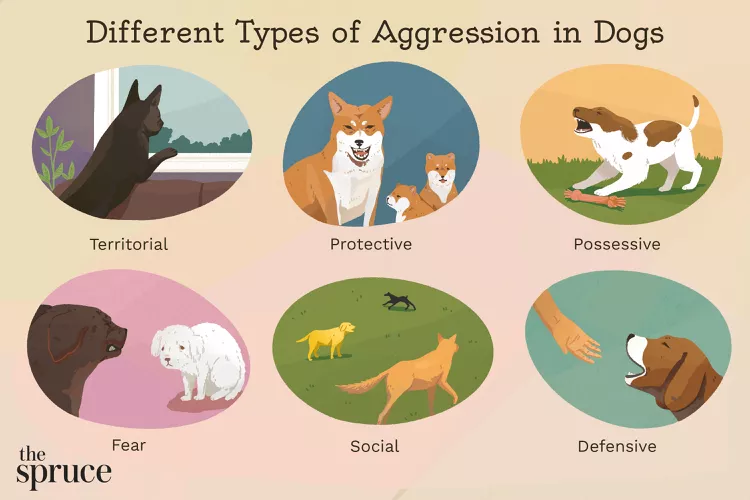
How to Stop Aggression in Dogs
Dog aggression can be a serious behavior issue for pet owners. Learn how to stop aggression in dogs before someone gets hurt.
How to Stop Your Dog From Growling
A growling dog can soon become even more aggressive. Reduce the noise and potential for a dangerous situation with some of these techniques.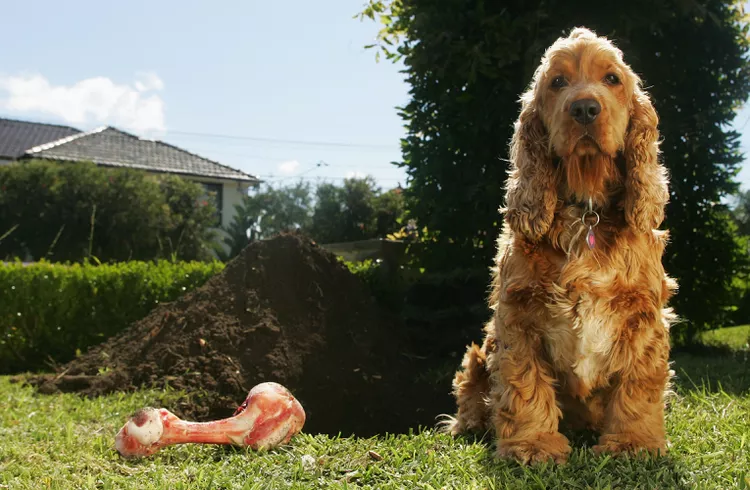
Why Do Dogs Dig Holes? How to Stop Your Dog from Relandscaping Your Yard
Dogs have been digging holes for centuries and for many reasons. Whether they’re bored or want to cool off in the dirt, here are the top reasons why dogs dig holes.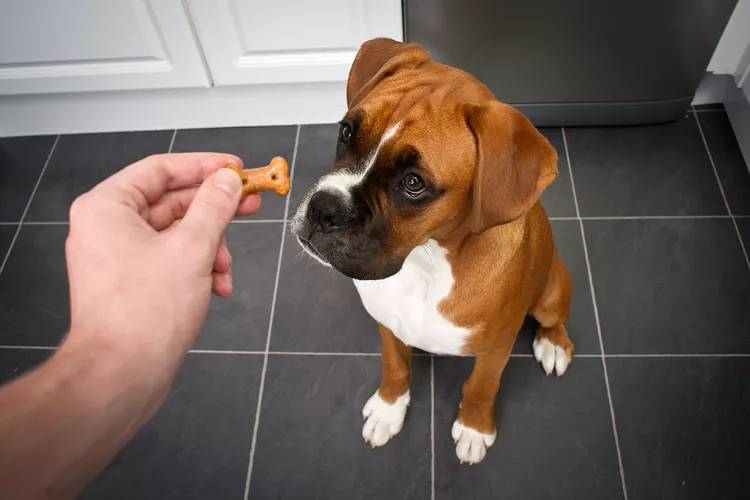
Dog Treat Varieties
Learn about the different types of dog treats on the market and decide which are best for your dog.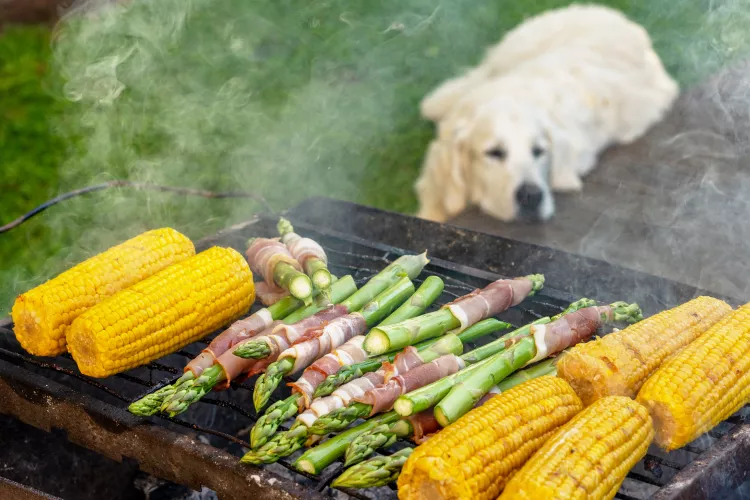
Can Dogs Eat Asparagus?
Dogs can eat asparagus, provided the vegetable is cooked plain and cut up for them. Seasonings, salt, and butter make it unhealthy for dogs.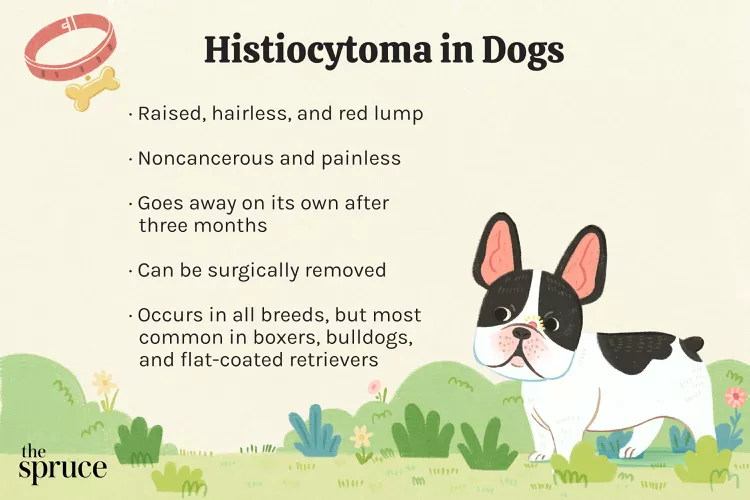
Histiocytomas in Dogs
A histiocytoma is a type of benign (non-cancerous) skin lump that usually affects young dogs. Learn the causes, treatment, and prevention.
Why Is My Dog’s Eye Swollen?
If your dog's eye is swollen, she may need veterinary attention. The inflammation could be caused by allergies, an injury, or even a tumor.
Common Bugs and Parasites Found on and Inside Dogs
Learn about common types of parasites in dogs. Find out how to treat and prevent parasites to keep your dog, your family, and yourself safe.
Exploring the Different Types of Pet-Friendly Beaches
Are you looking for pet-friendly beaches? Learn about the different types of pet-friendly beaches, their locations, and tips for visiting them with your pet.
10 Obscure, Little-known Canine Facts in Honor of National Dog Day
With National Dog Day upon us, it's time to celebrate everything about our favorite pets—even the weirder stuff. Here are 10 obscure facts about dogs you probably didn't know.
Kitten Development From 3 to 6 Months Old
Kittens grow and change a lot during their first year. Find out what happens between the ages of three months and six months old.
95 Siamese Cat Names
Our list of Siamese cat names has diverse and fun options to help you choose the ideal moniker for your elegant and lovable feline companion.
What to Buy for Your New Cat: A List of Essentials
Before you bring your new cat or kitten home, there are a number of things to collect or buy so your cat will feel welcomed like a family member.
The 6 Best Cat Nail Clippers of 2024 for a Safe Trim
Clipping your cat's nails can save your furniture and keep your kitty comfortable. We asked veterinarians for their cat nail clipper recommendations.